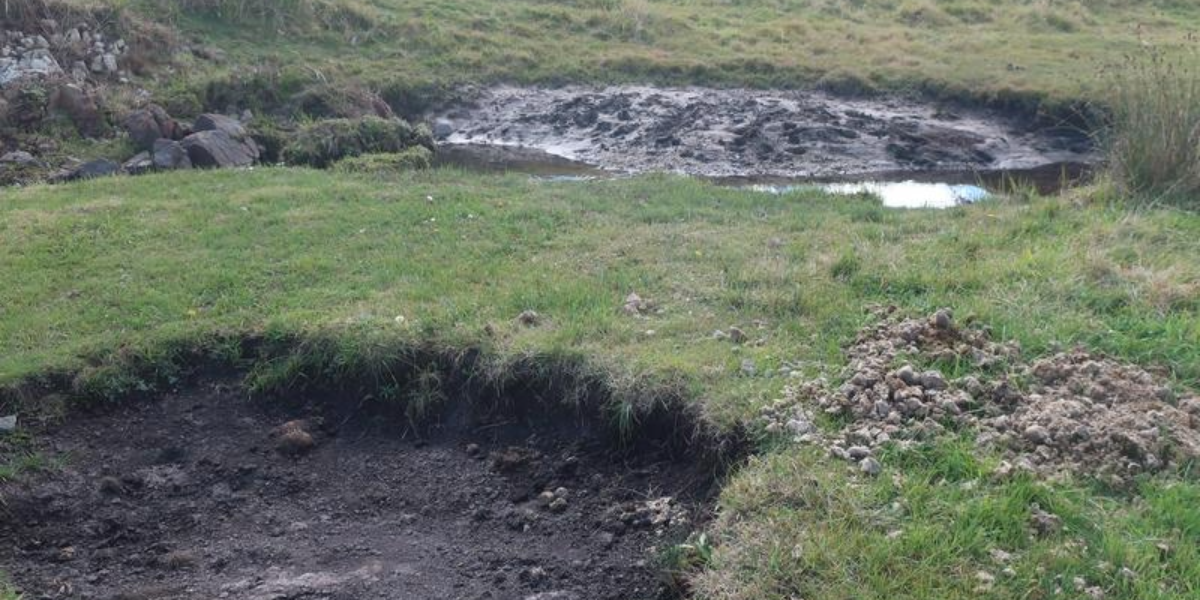Australia must come to terms with its own history in order to tackle the impact of invasive species on country, an Indigenous environmental advocate says.
Invasive Species Council Indigenous ambassador Richard Swain said animals like feral horses, camels and cats and plants like buffel grass are having a deep, cultural impact on Indigenous people, as they destroy sacred sites and drive native creatures to extinction.
“No matter where [invasive species] are, the problem is dire for our native species,” he told AAP.
“Australia hasn’t started on the journey of healing country yet and we need to, and Aboriginal people need to be empowered to be part of that journey.”
A global study on the impact on Indigenous lands found areas closer to major cities tended to have higher numbers of invasive species, with the eastern states of Australia disproportionately affected.
In areas Indigenous people have been at the forefront of managing the land, invasive species numbers are generally low, Charles Darwin University professor of conservation Stephen Garnett said.
“Some of the areas in the east that have been returned to Indigenous people are probably pretty degraded habitat so are likely to have invasive species,” he said.
“We’ve taken the land off people, filled it with weeds and handed it back again.
“In other parts of the country, the number of alien species on Indigenous lands is very much lower where people have had an ongoing connection to that land.”
In response to the study, Mr Swain has called for a dedicated caring for country commissioner to be established at a federal level, ensuring the voices of Indigenous people are reflected in government policy on land management.
“Aboriginal people have always had a dignified voice on this country to this very day … we need to be allowed to use that voice to care for country,” he said.
Mr Swain, a Wiradjuri man, lives in NSW’s Snowy Mountains region, where he said feral horses have a had a huge impact on country.
He said this impact is exacerbated by a lack of truth-telling around the history of these animals’ destruction.
“Australia did not evolve with any hard-hoofed animals and for a million years, the biggest grazer of the high country was insects,” he said.
“That got replaced by sheep and cattle and hot fires, and that grazing era was abhorrent for the high country in terms of damage. However, what came out of that grazing era wasn’t honesty of what happened to country … it was romanticising the colonial connection to country.”
Mr Swain said he hopes a caring for country commissioner could cut through some of the politics surrounding management of feral animals.
“It’s going to take some tough calls to control invasive species, particularly invasive fauna,” he said.
“We need to de-escalate, nullify the politics of that … that’s why I believe an Indigenous commissioner could speak on country’s behalf and we could do some things for country.”
The research has been published in the journal Nature Sustainability.
Like what you’re reading? Support The New England Times by making a small contribution today and help us keep delivering local news paywall-free. Support now

